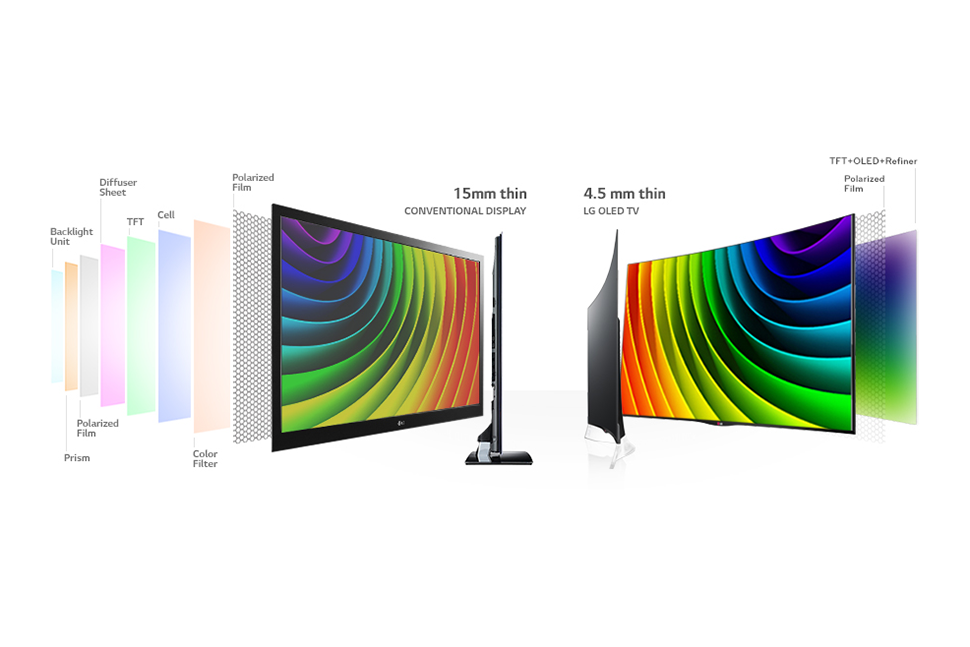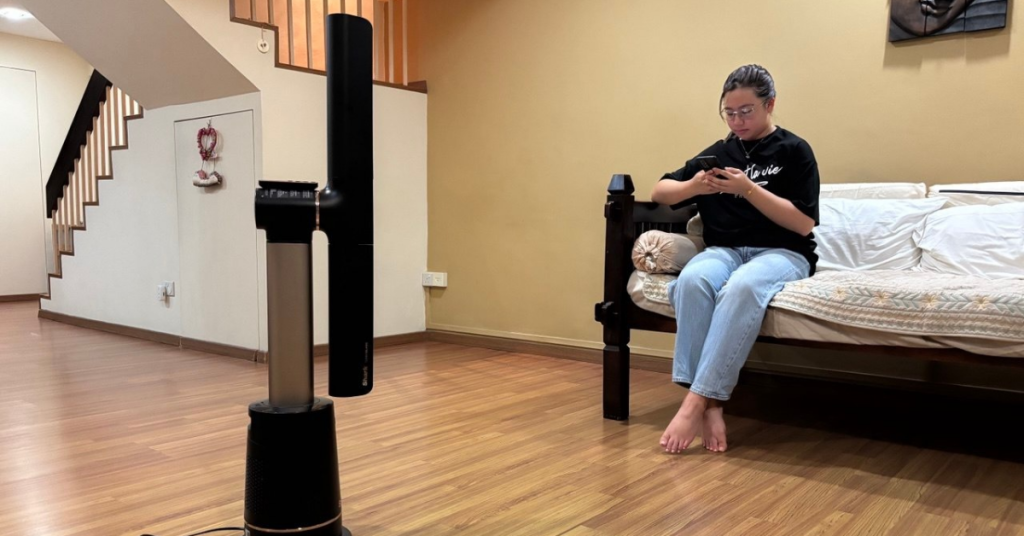Big screen TVs are now expected to act as platforms that can be used to re-create the proper cinematic experience within the home. While 4K is the primary standard benchmark when it comes to purchasing TVs, it is only recently that the threshold has been raised to 4K HDR.
Besides 4K and HDR, other key fundamentals, like having perfect blacks, vivid visuals, and life-like clarity, are key considerations as well. Indeed, the future of having awesome TVs may not sound so far-fetched after all.

Of course, these elements can only be produced with the best video output configuration. It’s unfortunate that 4K TVs now come in two flavours of panel output: OLED and Quantum Dot. Which works best with HDR processing?
Understanding the Terms
Before going into the specifics, let’s breakdown the definitions of HDR.

HDR, very much like the feature found on cameras, is used to improve the contrast levels and colour performance of TVs. It enhances the bright and black levels of TVs, making them more dynamic than they already are.
In short, a wider colour spectrum with even higher contrast levels can be achieved with HDR.

There are two HDR formats to consider: HDR10 and Dolby Vision. The first format uses 10-bits of colour. The second format operates on 12-bits. Both can be used to push the colour spectrum to greater heights. TVs, previously, run on 8-bit colour spaces.
However, only the Dolby system is able to dynamically process all the frames in real-time as it uses dedicated chips that optimises and boost the colour performance.
According to Home Theatre Review, the major difference between the two is how the content is handled on the panel itself, noting that “the HDR10 approach doesn’t dynamically map content based on the specific brightness and colour output capabilities of a certain TV, like how Dolby Vision can. There isn’t a set algorithm to ensure that the hued shades are re-mapped the same way on every HDR10 display. So, in general, HDR10 is less precise. How that plays out in the real world depends on the specific capabilities/limitations of your TV.”

Right Fit
Between all these, the ideal pairing would be 4K with OLED and HDR as this awesome combination is able to produce the best visual performance. While HDR10 can be considered, it would not be as dynamic or impactful. After all, only 4K OLED can produce the sort of blacks and colour separation that HDR can properly use to create the most vivid of visuals.
Of course, it would be even more ideal if a TV has both Dolby Vision and HDR10 to provide the ultimate HDR processing option for users. Something that brands like those that back Quantum Dot do not offer.
This is why this unworthy concept cannot make-up for the short-falls it has on hand.

Feature Image Credit: digitaltrends.com












